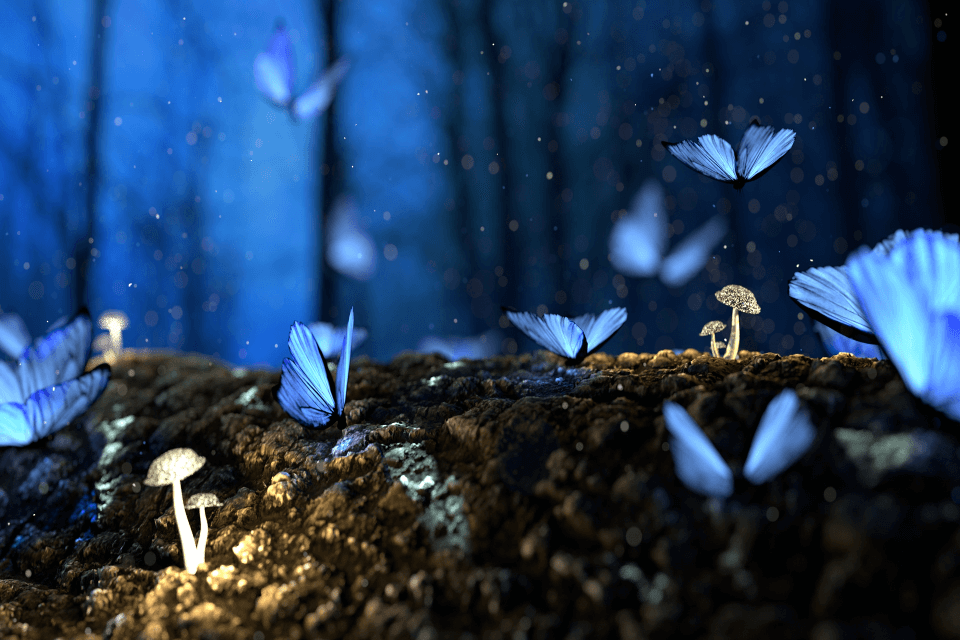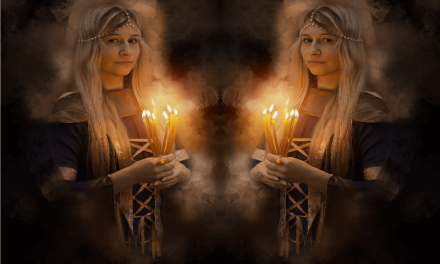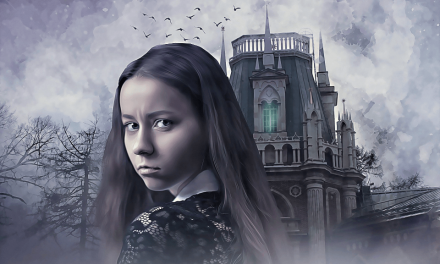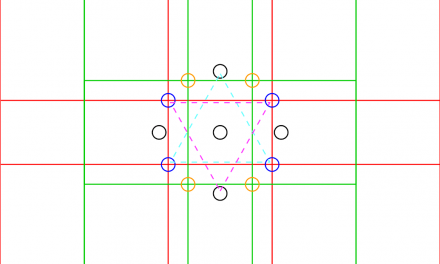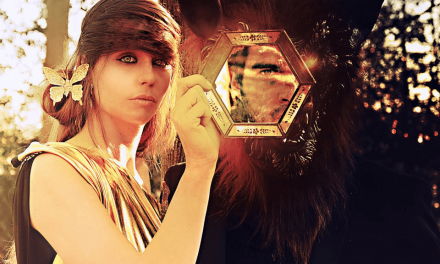In Part 6 of this series, we presented :
Perceiving Mass and Void: How to Balance the Proportion and Weight of Each of Your Elements
– – –
We have all heard the term “trick photography” but just how big a trick is it anyway? And when is it no trick at all?
For an answer to these questions let’s go to the movies!
Think of the dwarves in The Hobbit, and of Harrison Ford taking a leap of faith onto an unseen bridge in Indiana Jones and the Last Crusade, and of the flying debris that surrounded Richard Dreyfuss as he sat in his pickup in Close Encounters of the Third Kind, or (for film buffs) of Fred Astaire as he danced across the room, up the wall, and onto the ceiling in the 1951 film, Royal Wedding.
What do these movies – and these scenes in particular – have in common? They all use trick photography. And not just any old trick photography, but all of a certain class. They all use altered or controlled perspective.
In The Hobbit, ordinary size humans are made to appear short and dwarf-like. How? Well, basically, they used 2 cameras (on separate sound stages) to shoot the scenes. One camera was very close to the first subject and the other camera was very far away from the second subject, and the shots were merged – thus superimposing 2 sets of perspective onto a single series of film frames. Here’s a little more on how they did it.
In Indiana Jones and the Last Crusade, a bridge over a chasm is hidden from view. How did they pull that off? First they painted the bridge using a sort of camouflage technique to hide it and then they filmed from a single fixed point in space. In this way, the bridge appeared to be hidden because the perspective was controlled and because a second point of view was not initially introduced. Check out section 6.1.1.9 of THE CHALLENGES for a more detailed explanation.
In Close Encounters of the Third Kind and in Royal Wedding, perspective was altered in a completely different way. The cameras were held still and the sets was moved. Using a gimbal (a sort of mechanical joint system that can be controlled remotely) Richard Dreyfuss’s pickup truck and the entire room Fred Astaire danced in were lifted into the air and shaken, spun, and turned until the director got the shot he was after. More on this type of shot.
So, in review, all of the above examples can be classed as trick photography because they fool the eye into seeing something that isn’t really there (or in not seeing something that is). And these tricks all involve manipulation of perspective.
Okay, fine. So what is it that some people call trick photography that really is no trick at all?
For one, spraying a fine mist of water on a rose bud just before you snap the picture. You want a photo of a rose bud as seen early in the morning while there is still dew and you get there too late and find none. So you make your own. This is not trick photography since the drops of water really do exist and because they really do rest on the rose petals. Yes, the shot is enhanced. But the rose bud really does look that way when you photograph it.
And the same thing can be said about the use of a fan or of a wind machine standing just off camera. Your subject has wind in their hair whether the wind is blowing or not – because you brought your own! Maybe it’s a trick of the trade, but it is not trick photography. Not at all.
And the list goes on. Wave machines, artificial rain (if the subject actually gets wet), and Star Fleet officers leaning in unison to pretend they were just hit by an alien vessel, are all real world phenomenon in the sense that the camera did not record anything different than what a real time observer would have seen had they just been present. These are cinematic ploys, true. But they are not trick photography.
So again, just what is trick photography?
Well, among other things, altered or controlled perspective, artificial (in camera) lens flare, induced motion blur, and time lapse photography are all photographic tricks. Some, but not all, strobe effects are tricks as well. But micro photography – such as used in the featured image for this post – is clearly not a trick. Tiny objects like those pictured really do exist. It’s just that we usually don’t see them.
The next time you take a few snaps for your artwork, why not carry along a spray bottle just in case. And, if you’re in the studio, maybe you’ll want to use a fan. Or maybe you’re bold enough to try some exotic trick. Unabashed trick photography in all its glory.
Whatever you decide to do, remember: You are the photographer and artist. It’s your game and all the assets belong to you. Use whatever skills you already have and then reach out beyond your borders. Somewhere, deep in some fantasy world, there is a subject waiting just for you. So, what are you waiting for? Go forth and conquer! Hurry out the door and discover what’s out there. Your opportunities are limitless.
– – –
In Part 8 of this series we will present :
Look at Me! And Pay Attention!: Giving the Nod to 13 Centers of Interest
Have you ever been right there? Maybe we all have. Your professor stands before you and explains what you’re seeing but you don’t see it at all. All you see are lines drawn over the top of one famous piece of art after another. Just what was your professor driving at anyway?

